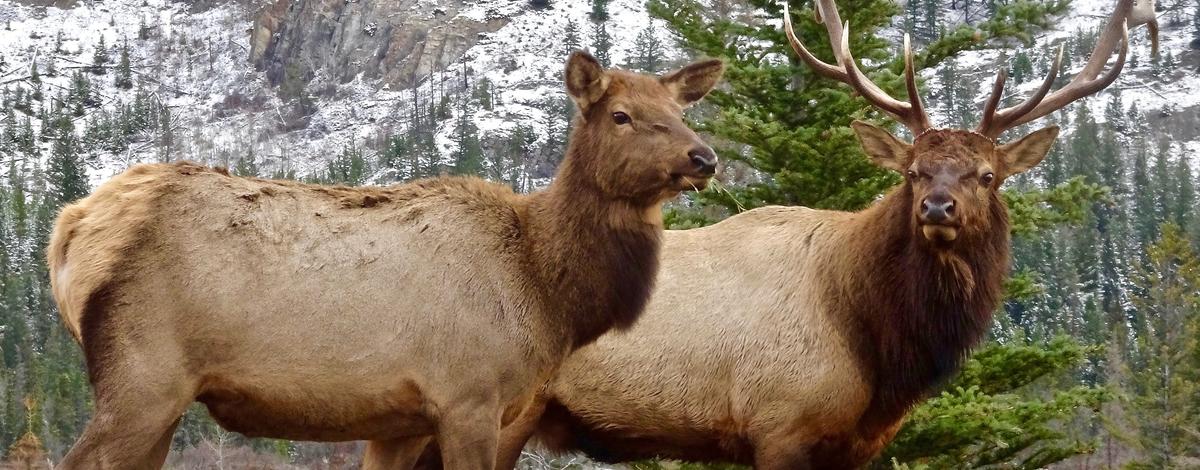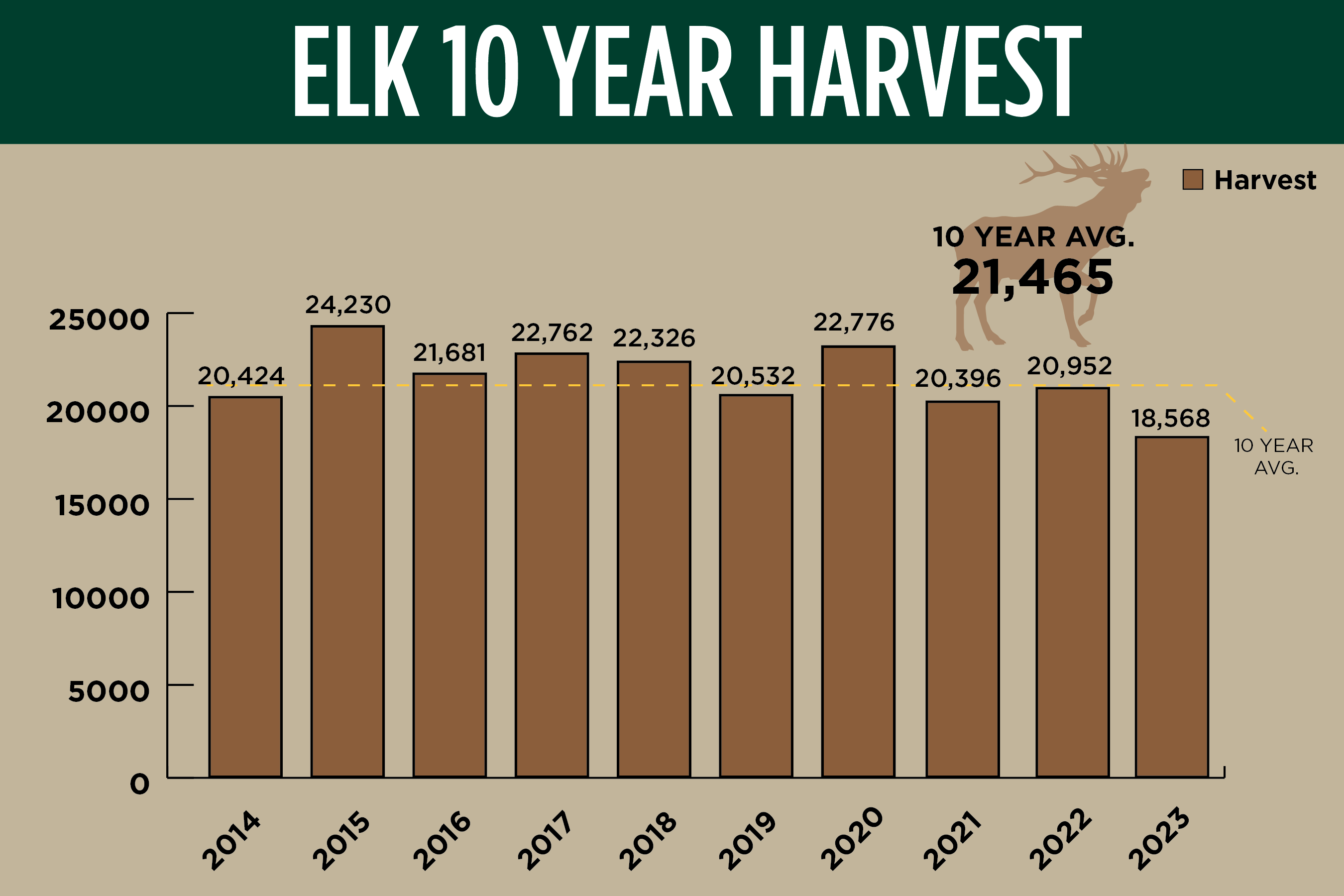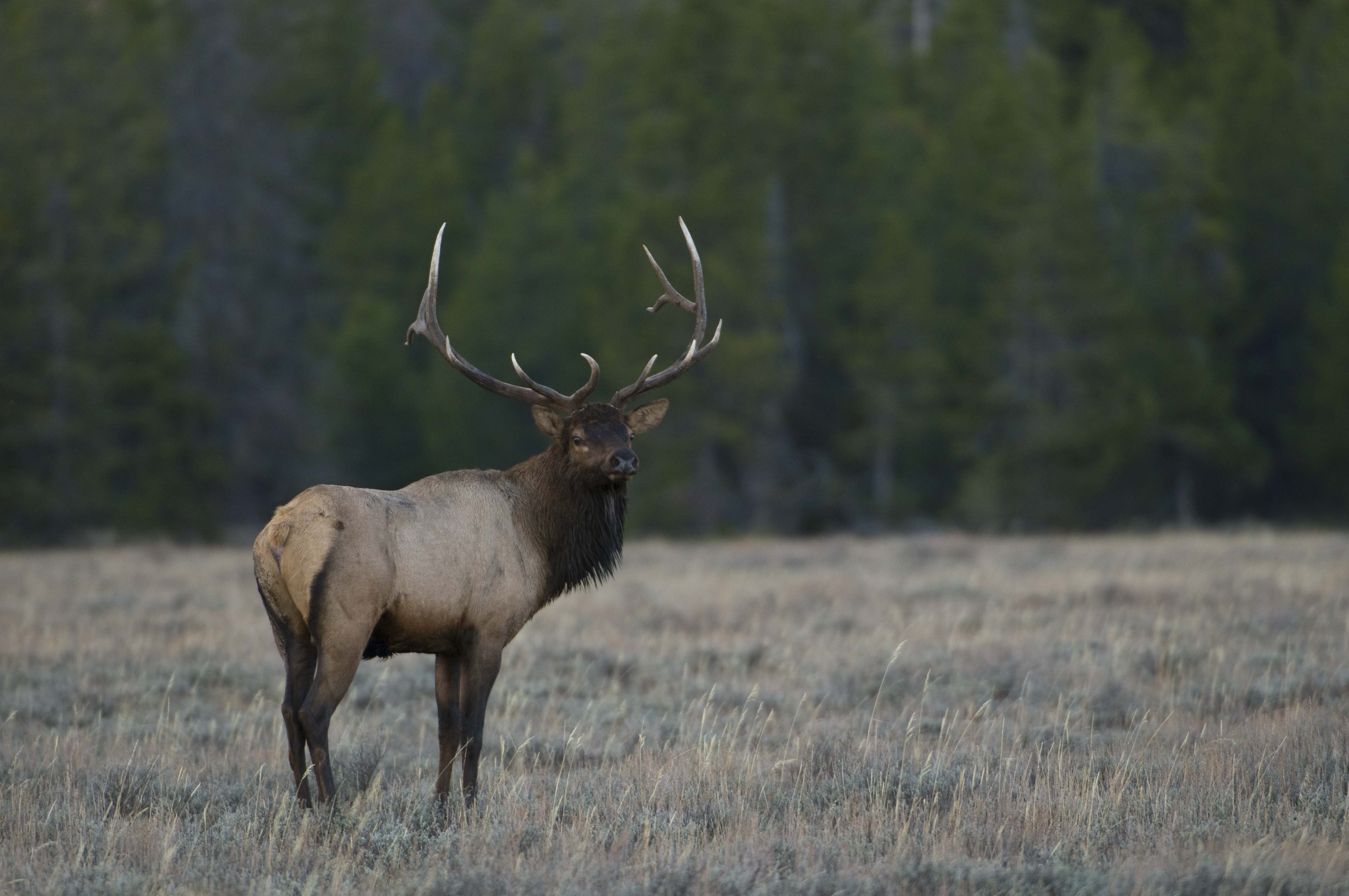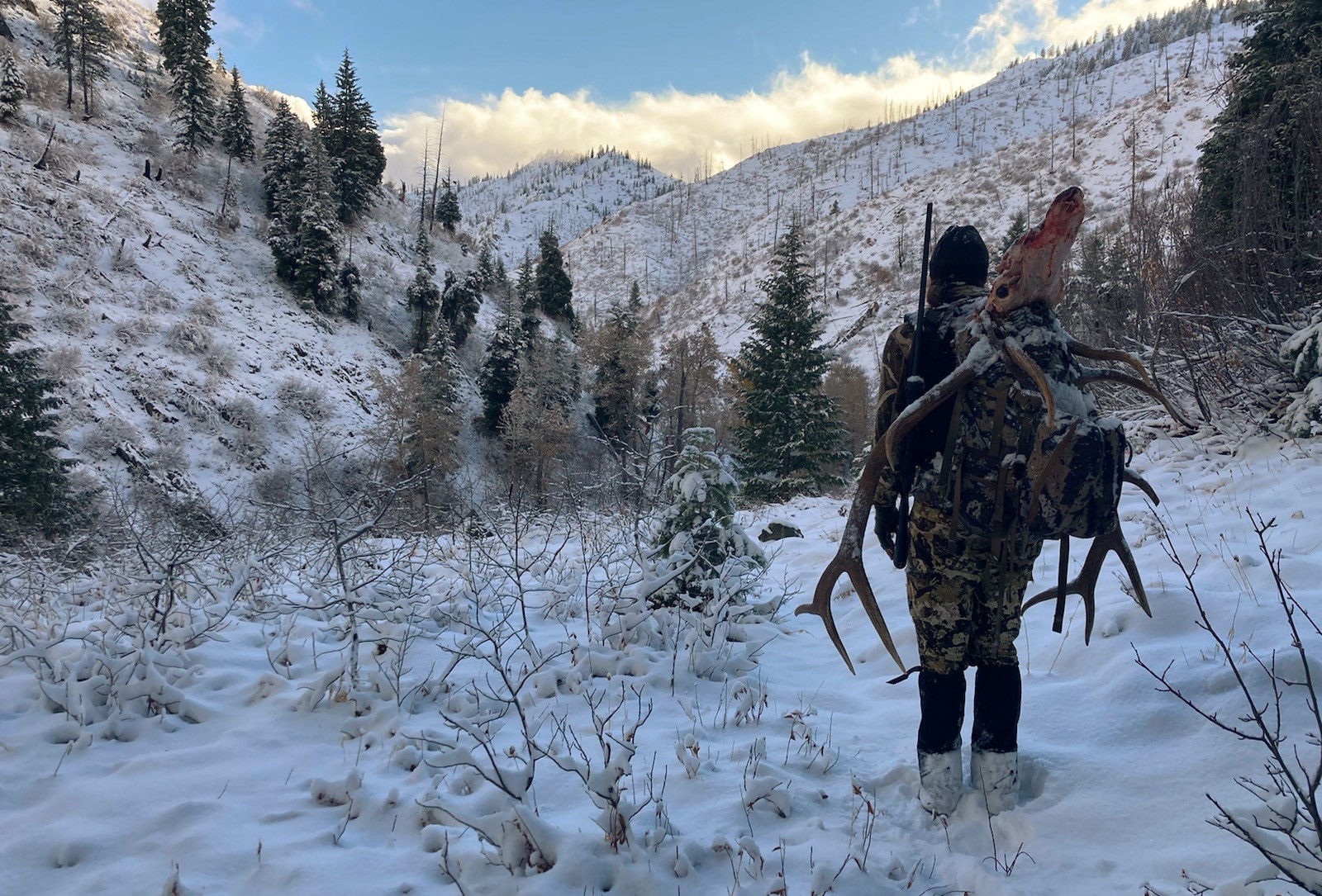Overall, the numbers for Idaho elk are once again looking steady and impressive.
Fish and Game’s Deer and Elk Coordinator Toby Boudreau believes we will see much of the same, if not better conditions, for elk this fall.
“Overall, elk populations are looking good,” Boudreau said. “We saw 87% of collared elk calves and 96% of collared cows make it through the winter, which is a few percentages higher than most years.”





